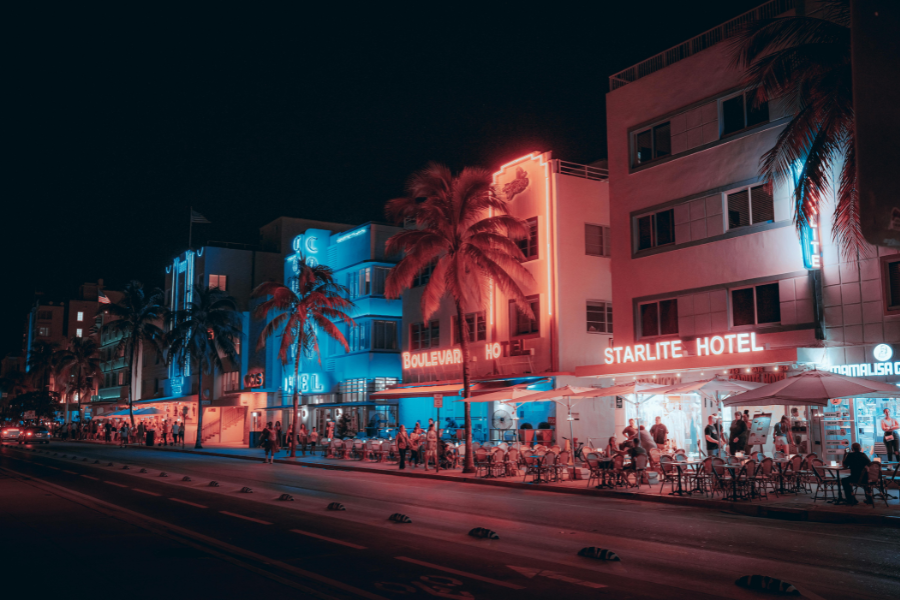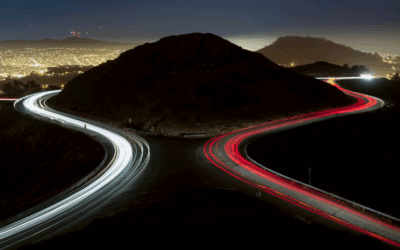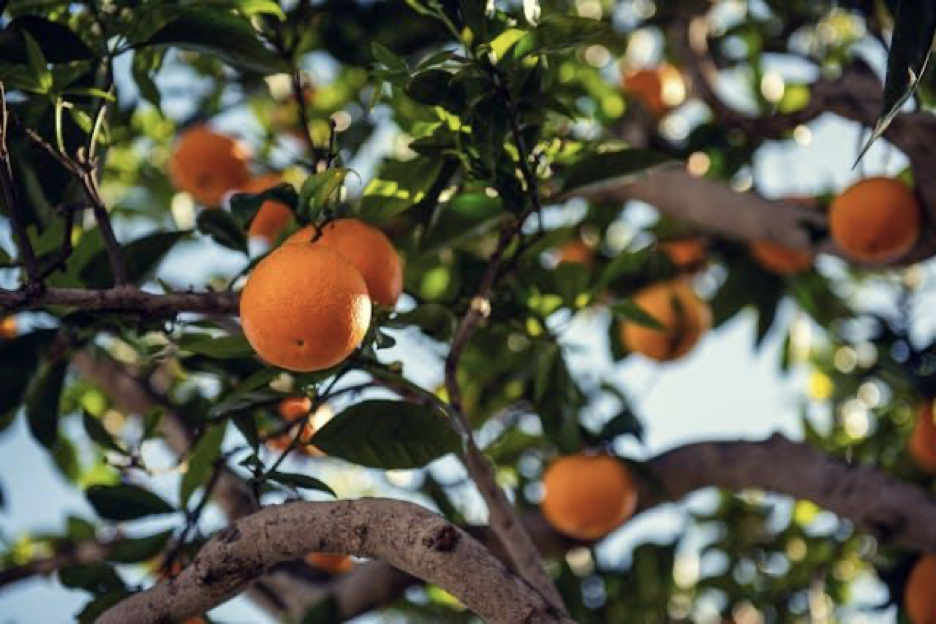
Florida isn’t just beaches and oranges, it’s a dream destination for photographers. From glittering coastlines and vibrant cityscapes to hidden springs and wild wetlands, the Sunshine State offers endless opportunities to fill your memory cards. This ultimate photography bucket list for Florida highlights standout locations with details on the best time to visit, must-see spots, and insider tips to help you capture the state’s most photogenic places.
South Florida
Tropical, colorful, and full of life, South Florida is perfect for photographing beaches, street scenes, historic buildings, and rare ecosystems. It’s home to both bustling Miami and the untamed Everglades, offering a little bit of everything for photographers of every skill level.
Everglades National Park
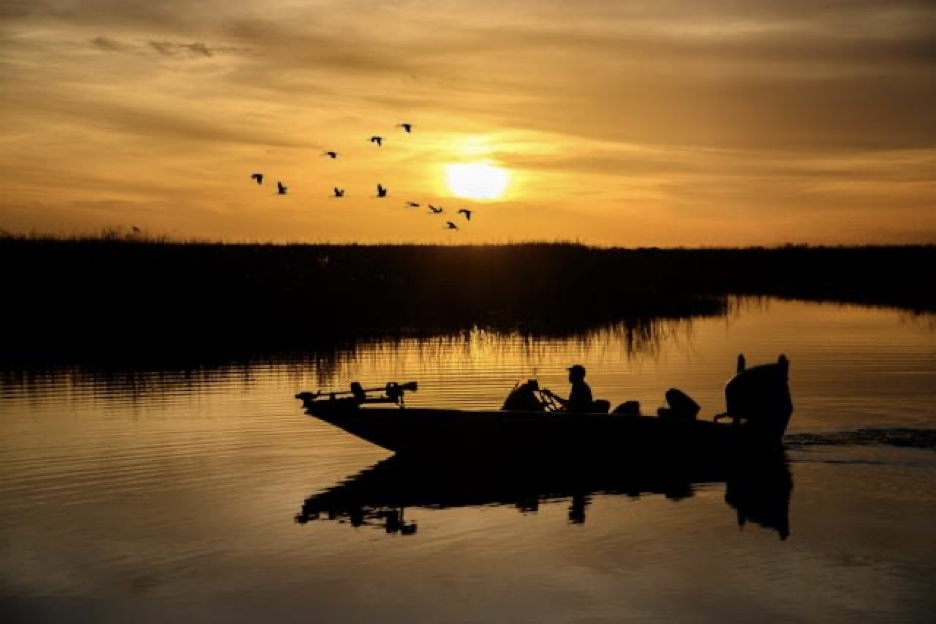
The Everglades are Florida’s wildest and most iconic landscape, full of dramatic skies, marshes, and wildlife. It’s one of the best places in the U.S. to photograph birds, gators, and sweeping natural vistas. Head to the Anhinga Trail for up-close wildlife encounters, Shark Valley for elevated views and quiet bike paths, and Pa-hay-okee Overlook for a wide-angle marsh panorama. Winter is the ideal time to visit. Dry weather means fewer mosquitoes and more animal activity. Bring a telephoto lens for wildlife, a wide-angle for landscapes, and a tripod for those golden hour sunrise and sunset shots.
Tip: Rent a bike at Shark Valley to access peaceful spots most tourists miss.
South Beach

South Beach is one of the most iconic photography destinations in Florida, known for its vibrant Art Deco architecture, bustling beach scene, and lively nightlife. Ocean Drive is the heart of the action, lined with pastel-colored hotels, neon lights, and vintage flair that make for striking street photography. Collins Avenue offers additional opportunities for capturing colorful facades and palm-lined sidewalks. Early mornings are perfect for shooting the clean lines of Art Deco buildings in soft, golden light with minimal foot traffic. After sunset, the district comes alive with glowing neon signs and reflections that add a cinematic touch. A wide-angle lens is great for capturing full street scenes, and a tripod will help you get sharp images during blue hour or nighttime.
Tip: Plan your visit during January’s Art Deco Weekend for a burst of retro charm, complete with classic cars and period costumes that bring the neighborhood’s vintage vibe to life.
Wynwood Walls & Arts District

Wynwood is Miami’s colorful open-air gallery, packed with massive murals, graffiti art, and bold urban textures that are a dream for street photographers. The Wynwood Walls, in particular, are home to rotating exhibits of internationally renowned artists. Each wall is a masterpiece begging to be captured. The entire district offers an incredible variety of backdrops: bold lettering, vibrant portraits, and graphic patterns line the streets, making it perfect for both wide cityscapes and close-up detail shots. The best time to visit is early morning before the crowds arrive or late afternoon when the light adds drama to the murals.
Tip: Walk the side streets beyond the main walls to find hidden gems and less-photographed walls that still pack a visual punch.
Central Florida
Known for its theme parks, gardens, and freshwater springs, Central Florida combines fantasy and natural beauty. From grand castles to peaceful botanical oases, there’s much more to this region than Mickey Mouse.
Orlando’s Theme Parks

From Cinderella Castle to the Tree of Life, Orlando’s theme parks are packed with iconic imagery and whimsical backdrops. These parks offer something for every photography style—think sweeping castle shots, vibrant parades, colorful character interactions, and dramatic firework displays. Magic Kingdom is perfect for fairytale architecture and festive moments, while Animal Kingdom offers more natural settings and rich textures. Over at Epcot, futuristic architecture and international pavilions provide endless variety.
The best time to visit is late winter or early spring on a weekday when crowds are lighter and the weather is mild. A fast lens is essential for capturing indoor attractions and low-light scenes like nighttime shows and fireworks. Scout your golden hour spots ahead of time—Cinderella Castle and Spaceship Earth both look incredible lit by warm sunset tones. Must-see subjects include parades, iconic landmarks, and candid moments around character meet-and-greets.
Tip: Arrive right at opening (aka “rope drop”) to capture people-free shots of park icons before the crowds roll in.
Bok Tower Gardens
A peaceful retreat in Lake Wales, Bok Tower Gardens is all about floral and landscape photography. The towering Singing Tower reflected in the pool is a must-shoot. Spring is best for azaleas and camellias, but early mornings year-round offer quiet, diffused light. Bring a macro lens for flowers and a wide-angle for framing the tower.
Tip: Wander off the main paths to find tucked-away compositions others miss.
Circle B Bar Reserve
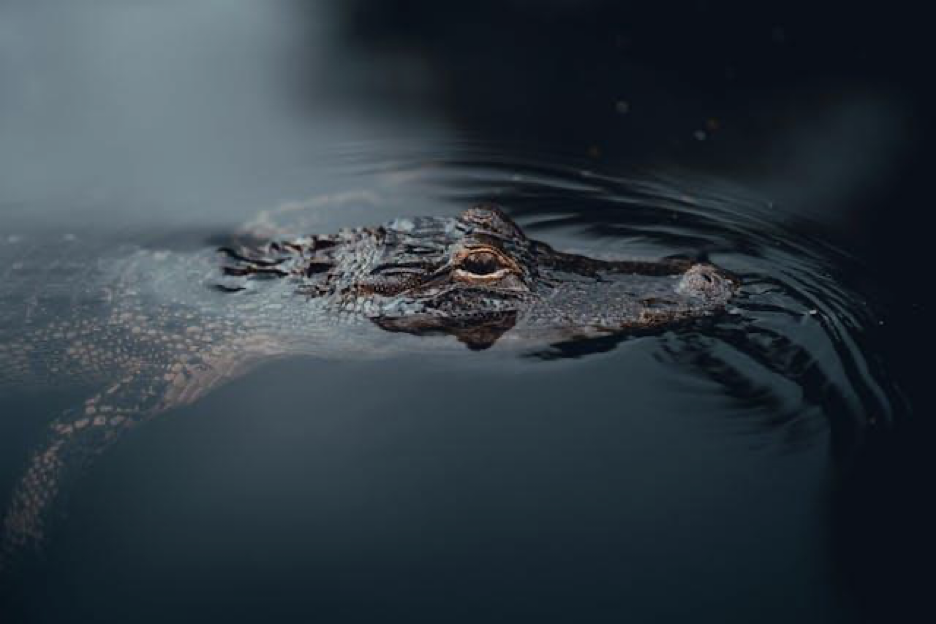
Located in Lakeland, Circle B Bar Reserve is one of Central Florida’s premier destinations for birding and wildlife photography. Expect to see egrets, herons, spoonbills, sandhill cranes, osprey, and alligators, often at very close range. Its well-maintained network of trails includes elevated boardwalks, shaded hammocks, and open marshland, providing a wide variety of backdrops and vantage points. Sunrise is hands-down the best time to visit. The golden light filtering through the Spanish moss and early morning mist creates a dreamy atmosphere, and wildlife is most active during the cooler hours. Bring a telephoto lens for bird and gator close-ups, and a wide-angle to capture the vast landscapes and dramatic skies.
Tip: Head straight for the Alligator Alley trail, it lives up to its name and offers one of the best opportunities in the state to photograph alligators in the wild.
Gulf Coast
From sugary beaches to fiery sunsets, the Gulf Coast on Florida’s west-central shore is made for golden hour magic. Coastal piers, historic towns, and relaxed vibes dominate this stretch of Florida.
Naples Pier
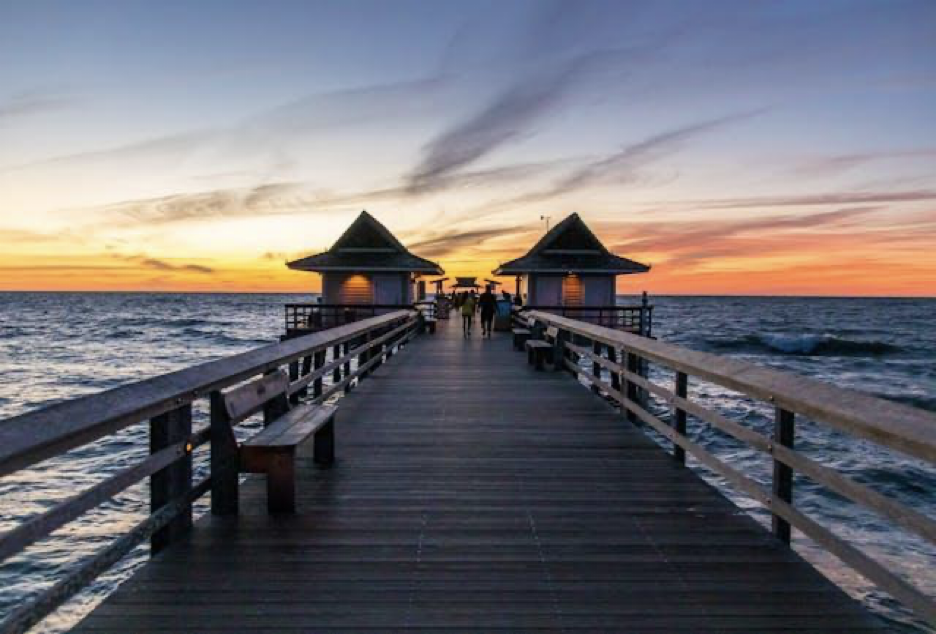
This classic Florida location offers dolphins, sunsets, and beautiful symmetry. Shoot from the beach or out at the end of the pier. Sunset is the prime time! Bring a tripod for long exposures and try a telephoto lens for silhouetted figures or sea life.
Tip: Walk north of the pier for palm-framed shots away from the crowds.
Clearwater Beach
Clearwater Beach is a popular destination known for its bright white sand, vibrant energy, and lively nighttime scene. It’s a perfect location for colorful beach photography, street performers, and glowing skies as the sun dips below the horizon. Evening is the best time to visit, especially during “Sunsets at Pier 60” when the beach buzzes with activity.
Tip: Use silhouettes of people, palm trees, or the pier itself to frame the sunset and add drama to your shots.
Honeymoon Island State Park
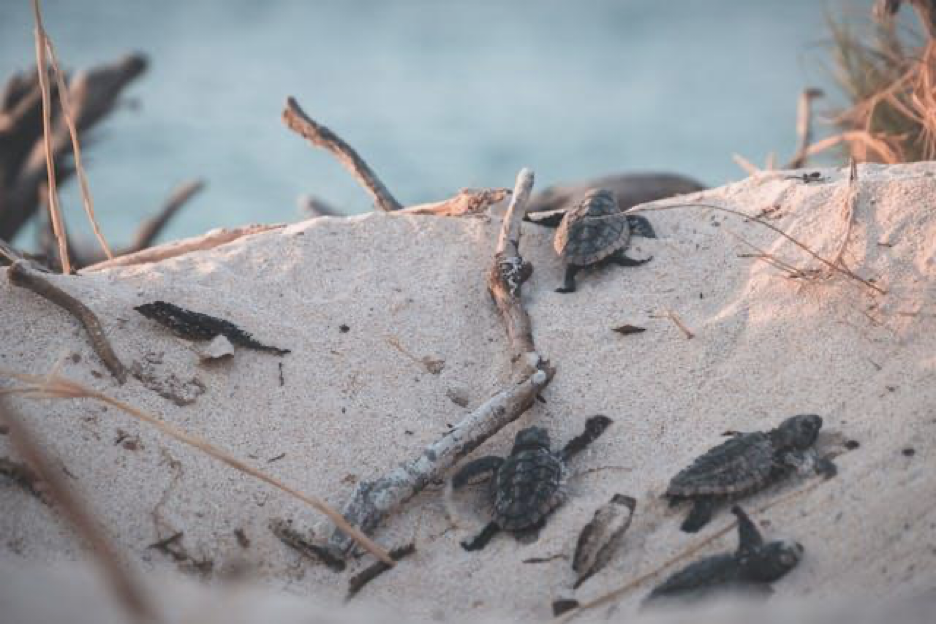
Just a few miles north of Clearwater, Honeymoon Island feels like a world away with its quiet, natural beaches and abundant wildlife. It’s one of the few remaining undeveloped barrier islands in Florida, making it ideal for birdwatching, nature photography, and serene coastal landscapes. The best time to visit is early morning when the light is soft and animals are most active.
Tip: Hike the Osprey Trail for your best chance at spotting ospreys, eagles, and even sea turtle tracks during nesting season.
North Florida
Steeped in history and lush with greenery, North Florida offers timeless architecture, historic landmarks, and driftwood-strewn beaches.
St. Augustine Historic District
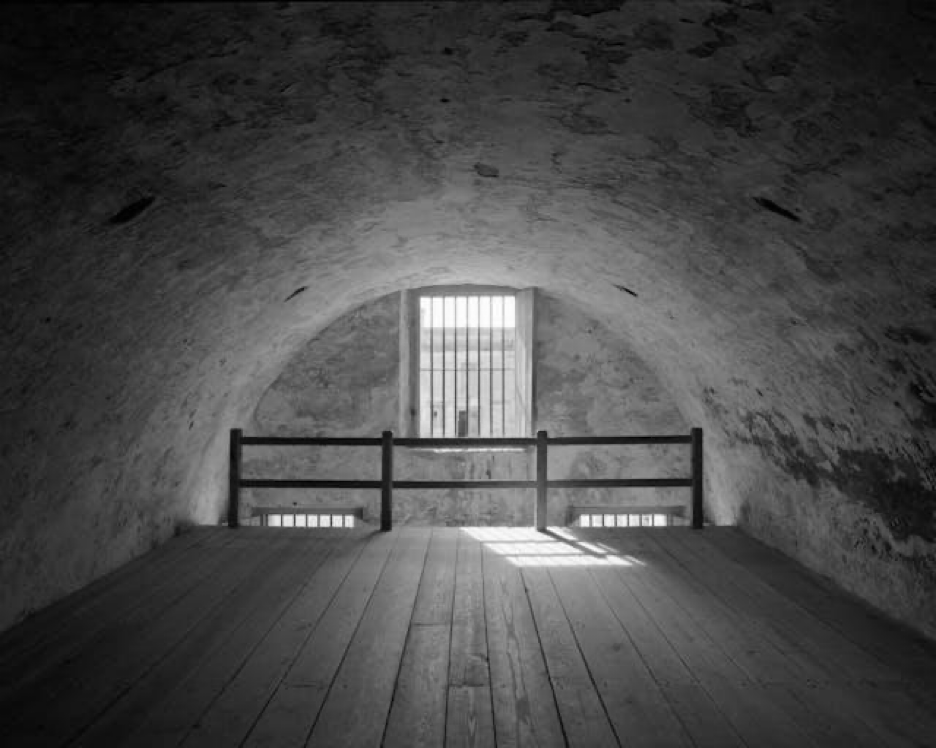
With cobblestone streets, colonial forts, and centuries of charm, St. Augustine is a dream for photographers who love history. Visit Castillo de San Marcos, Aviles Street, and the Bridge of Lions. December is especially magical during the Nights of Lights. Shoot at sunrise for soft light and quiet streets.
Tip: Ghost tours give access to hidden alleys and courtyards for nighttime photography.
Big Talbot Island’s Boneyard Beach
This surreal stretch of beach features massive driftwood trees scattered like sculptures across the sand. Ideal for moody seascapes and black-and-white photography. Visit at sunrise and check tide charts ahead of time. Bring a wide-angle and try long exposures to smooth the water.
Tip: Cloudy days add drama and depth to your shots.
Washington Oaks Gardens State Park
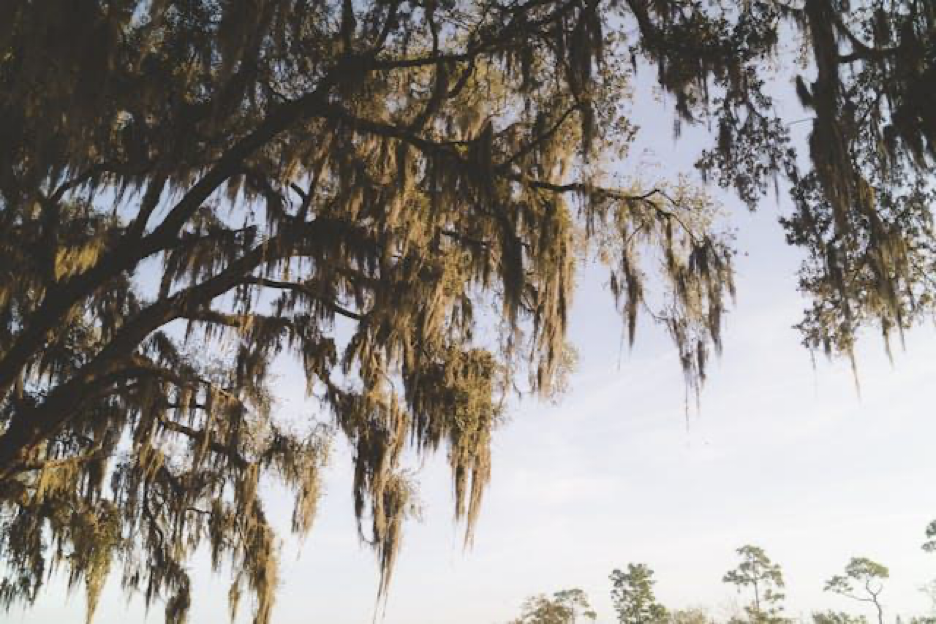
Located just south of St. Augustine, Washington Oaks Gardens offers a stunning contrast to Florida’s more rugged landscapes. This state park is known for its beautifully manicured gardens, ancient oak trees draped in Spanish moss, and a peaceful reflecting pond that’s perfect for serene, symmetrical compositions. Visit in spring for vibrant flowers, or early morning year-round to catch soft light streaming through the trees.
Tip: Cross the road to the park’s lesser-known beach area to photograph unique coquina rock formations along the shoreline, best viewed at low tide.
Panhandle
The Florida Panhandle is full of emerald waters, white dunes, and quiet, photogenic state parks. It’s a little less traveled than the rest of the Sunshine State, but packed with just as much beauty.
Grayton Beach State Park
This gem is known for its sugar-white dunes, emerald water, and rare coastal dune lakes. It’s perfect for wide-angle shots at sunrise or sunset when soft light brings out the texture in the sand and color in the sky. Be sure to check out Western Lake, where still water creates perfect reflections.
Tip: Follow the short trail from the main parking area to a hidden overlook above the lake for a stunning symmetrical shot.
Falling Waters State Park
Home to Florida’s tallest waterfall, this inland park offers a rare opportunity to capture cascading water in the Sunshine State. The 70-foot waterfall flows into a cylindrical sinkhole surrounded by forest. Rainy season (late summer to early fall) is the best time to catch the waterfall at full strength. A slow shutter speed can help create that soft, flowing look.
Tip: Bring a tripod and shoot from the viewing platform just after a rainstorm for the most dramatic water flow.
The Florida Keys
Stretching from Key Largo to Key West, the Florida Keys are a tropical chain of islands filled with vibrant colors, laid-back charm, and some of the state’s most iconic seascapes. It’s a dream setting for travel, landscape, and sunset photography.
Key West

Known for its pastel conch houses, lively streets, and famous sunsets, Key West is a feast for the lens. Must-see spots include Mallory Square for sunset celebrations, Duval Street for colorful street scenes, and the Southernmost Point buoy for a classic landmark shot. Golden hour is magical here, with the island glowing under warm, coastal light.
Tip: Head to Fort Zachary Taylor State Park for a quieter sunset location with fewer crowds and palm-lined foregrounds.
Bahia Honda State Park
This state park in the Lower Keys is known for its stunning beaches, historic rail bridge, and shallow turquoise waters. It’s one of the best places in the Keys for wide-angle beach photography and capturing marine life near the shore. Sunrise and early morning offer the best light and fewest visitors.
Tip: Hike up the old bridge overlook trail for a unique, elevated perspective of the island and its vibrant water below.
Dry Tortugas National Park
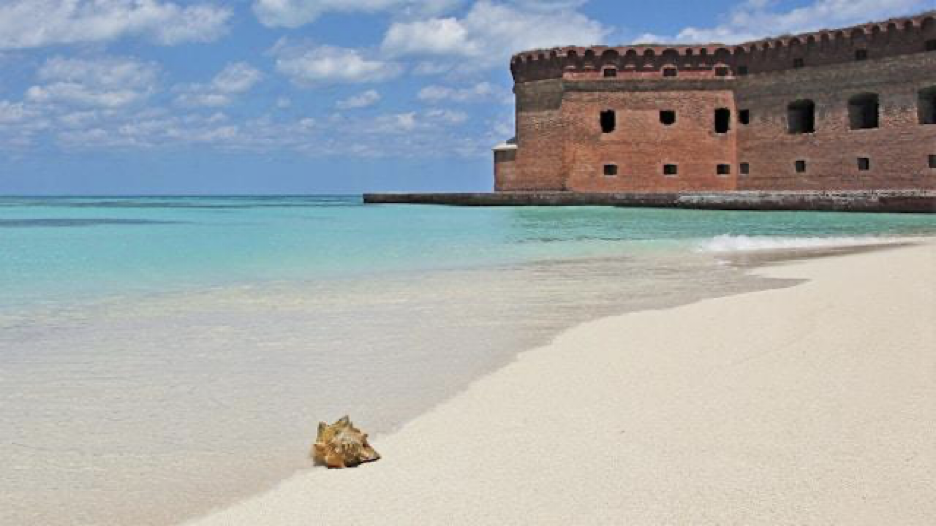
Seventy miles off Key West, this remote gem features vivid turquoise waters, coral reefs, and Fort Jefferson—a massive coastal fortress perfect for architectural and seascape shots. Spring and early summer offer calm water and great light. Must-shoot locations include Fort Jefferson’s brick corridors, snorkeling areas around Garden Key, and Loggerhead Key for a more secluded feel. Use a polarizing filter to reduce glare and bring out those ocean blues.
Tip: Catch the earliest ferry to shoot the fort without crowds.
Hidden Gems
While these locations do fall within regional boundaries, they’re truly special and deserve a spotlight of their own. Whether it’s their unique geological features, rare wildlife access, or surreal underwater scenes, these standout spots are must-visits for any Florida photography bucket list.
Crystal River
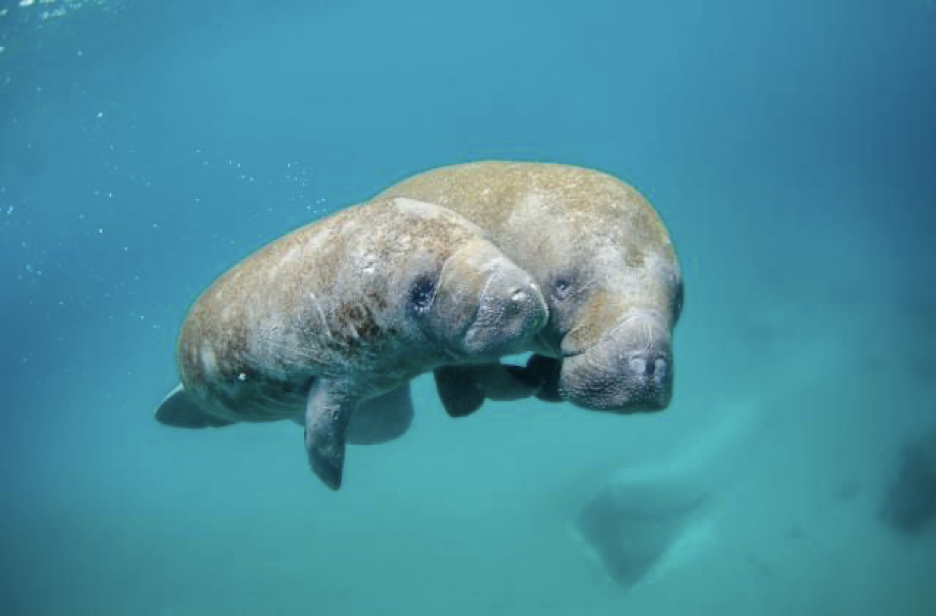
Known for its manatee-filled springs, Crystal River is a must for underwater photography. The best time to visit is late January through February, when the seawater is cold and the springs are packed with hundreds of manatees who go there to stay warm. Three Sisters Springs is the highlight, kayak in early for peaceful, clear conditions. A GoPro or waterproof housing is essential.
Tip: Paddle quietly and give the manatees plenty of space to get the best, most respectful shots. You are allowed to swim in the water with them, but you cannot touch them. However, it is quite likely that these curious gentle giants will touch you!
Devil’s Den Spring
A prehistoric sinkhole near Williston, Devil’s Den offers a unique underwater cave experience. Go early to beat the crowds and capture light beams streaming through the opening. Use a waterproof camera and wide-angle lens.
Tip: Weekday mornings offer the clearest water and best conditions, as this is a popular spot for snorkelers and SCUBA divers.
Paynes Prairie Preserve State Park
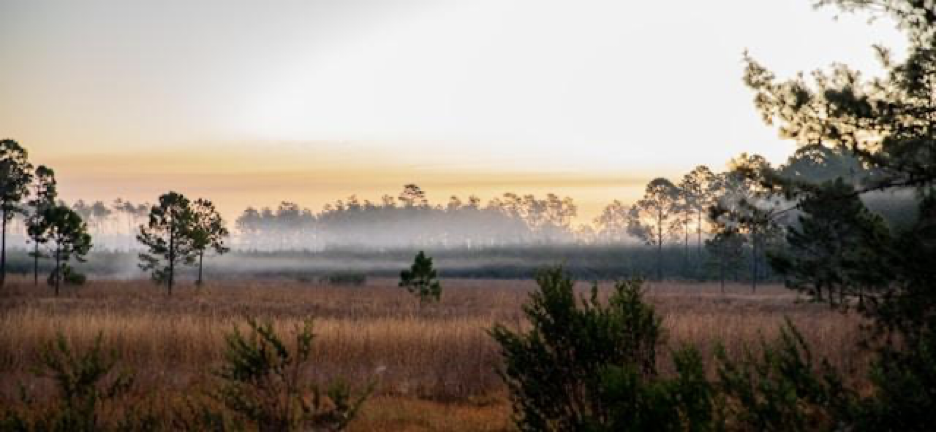
Located just south of Gainesville, Paynes Prairie offers one of the most unique and unexpected landscapes in Florida. This savanna is home to wild horses, bison, and a wide variety of bird species, a paradise for wildlife and landscape photographers alike. The observation tower at the main visitor center provides panoramic views over the prairie, especially stunning at sunrise when morning mist blankets the grasses. Trails like La Chua Trail offer incredible up-close opportunities to photograph alligators, wading birds, and wild horses.
Tip: Visit during the cooler months for the most wildlife activity.
Essential Tips for Photographing Florida
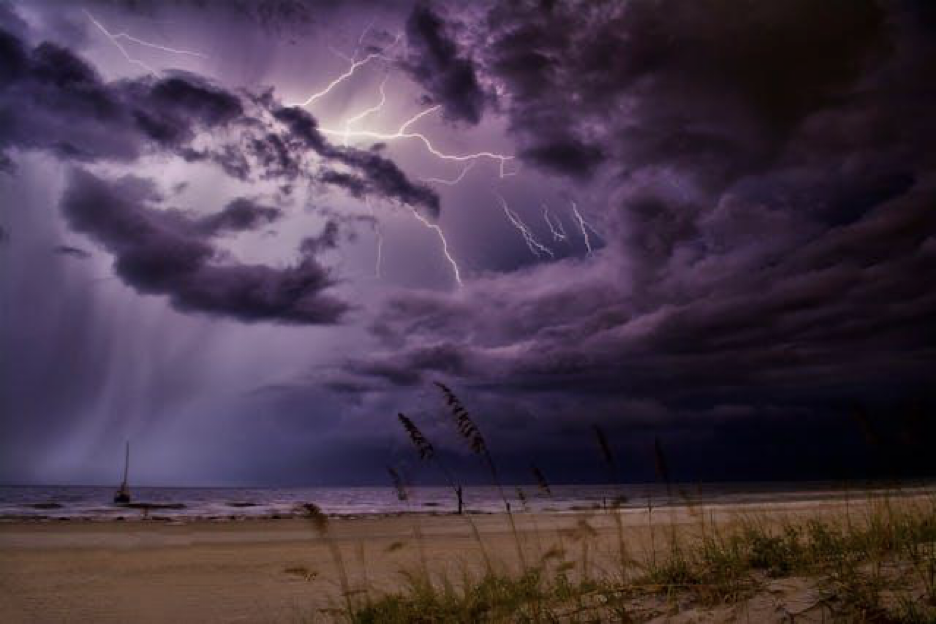
- Protect your gear from Florida’s unpredictable weather. Humidity, pop-up thunderstorms, and coastal sand can do a number on your camera equipment. Pack a rain cover or waterproof bag, microfiber cloths, and silica gel packs to help keep your gear dry and clean.
- Use filters to manage harsh sunlight and reflective surfaces. Florida’s bright sun and abundant water can create glare and blow out highlights. A polarizing filter is especially helpful for reducing reflections on water and enhancing the color saturation of skies and foliage. Neutral density (ND) filters are great for long exposures during the day, helping you blur moving water or clouds without overexposing your shots.
- Use planning apps to stay ahead of the weather and light. Apps like PhotoPills can help you plan sunrise/sunset angles, golden hour timing, and moon phases, while Windy or RadarScope can help you track local storms and weather shifts.
- Prepare for wildlife photography with ethics in mind. Always keep a respectful distance from animals. Use a long lens instead of getting too close. Never bait, feed, or disturb wildlife for a photo, and follow posted rules, especially around nesting birds or sea turtle areas.
- Be aware of drone regulations. Many state parks and wildlife areas in Florida prohibit drones or require permits. Always research the rules in advance to avoid fines or disruptions to wildlife.
- Watch your footing in natural areas. Wet boardwalks, slick rocks, and sandy paths can be slippery. Wear good shoes and be mindful of where you set your tripod.
- Stay alert for wildlife in natural areas. Florida is home to many species that you may encounter while exploring trails, wetlands, and waterways. Always watch where you step or set your gear. Snakes often bask on warm trails or underbrush. And assume any freshwater pond, lake, or marsh has an alligator in it, even if you don’t see one. Stay a safe distance from the water’s edge and never attempt to approach or feed wildlife.
- Backup your photos frequently. Florida’s heat and humidity can be tough on electronics. Back up images to a portable drive at the end of each day to protect your shots from accidental loss.
Start Your Florida Photo Adventure
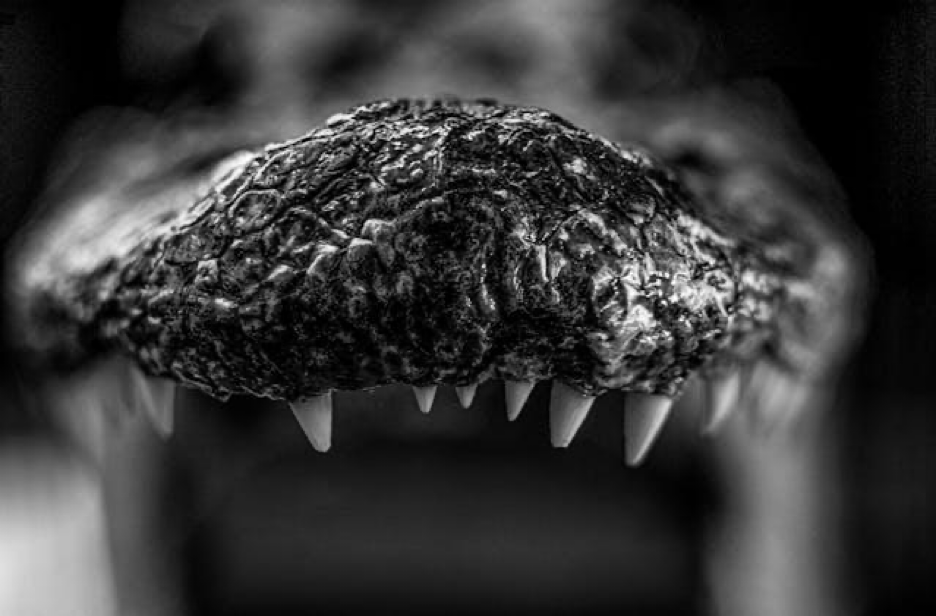
Florida has a lot more than just beaches and palm trees. It’s a diverse, dynamic canvas for photographers of every skill level. Historic towns, misty wetlands, neon-lit streets, and underwater worlds, each region delivers its own brand of magic. Whether you’re after landscapes, wildlife, or vibrant street scenes, the Sunshine State serves up frame-worthy moments all year long. If Florida isn’t already on your photography bucket list, it’s time to add it. This state has the wow-factor to keep your camera busy and your creative spark lit.
